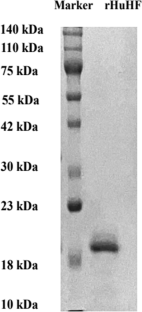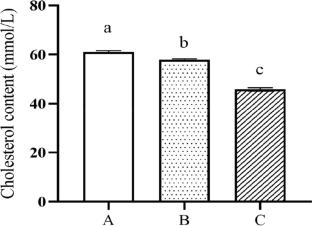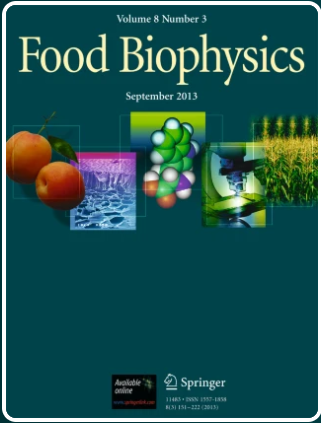A Novel Approach for Delivery of Ergosterol Within Ferritin Cage: Stability, Slow-Release Property, and Cholesterol-Lowering Effect After Simulated Gastrointestinal Digestion
Abstract
Ergosterol possesses a variety of physiological activities, however, its application is limited due to its poor water solubility and photosensitivity. In this study, by using the ultrasonic-assisted heating method, recombinant human H-ferritin (rHuHF)–ergosterol nanocomposites (FEs) were designed, and after the characterization, the light stability, serum stability, sustained release character, and cholesterol-lowering property in vitro were analyzed. The results showed that FEs maintained a spherical morphology with the same particle size as rHuHF. About 17 ergosterol molecules were successfully encapsulated in one ferritin molecule with an encapsulation rate of (27.28 ± 0.29)% and a drug loading of (1.63 ± 0.02)%. The light stability of FEs was increased compared with free ergosterol molecules. The FEs also exhibited good serum stability. The results of simulated gastrointestinal digestion indicated that the rHuHF cage was able to prolong the release of ergosterols. FEs digesta can reduce the solubility of cholesterol in micelles. Additionally, molecular docking displayed that ergosterol can competitively inhibit cholesterol binding to human Niemann-Pick C1-Like 1 (NPC1L1), which might play an important role in preventing the delivery of cholesterol to the membrane for accumulation. This work offers an approach to encapsulate and deliver ergosterol depending on the advantage of ferritin nanocage, which has the potential to be applied in food industry.



 求助内容:
求助内容: 应助结果提醒方式:
应助结果提醒方式:


